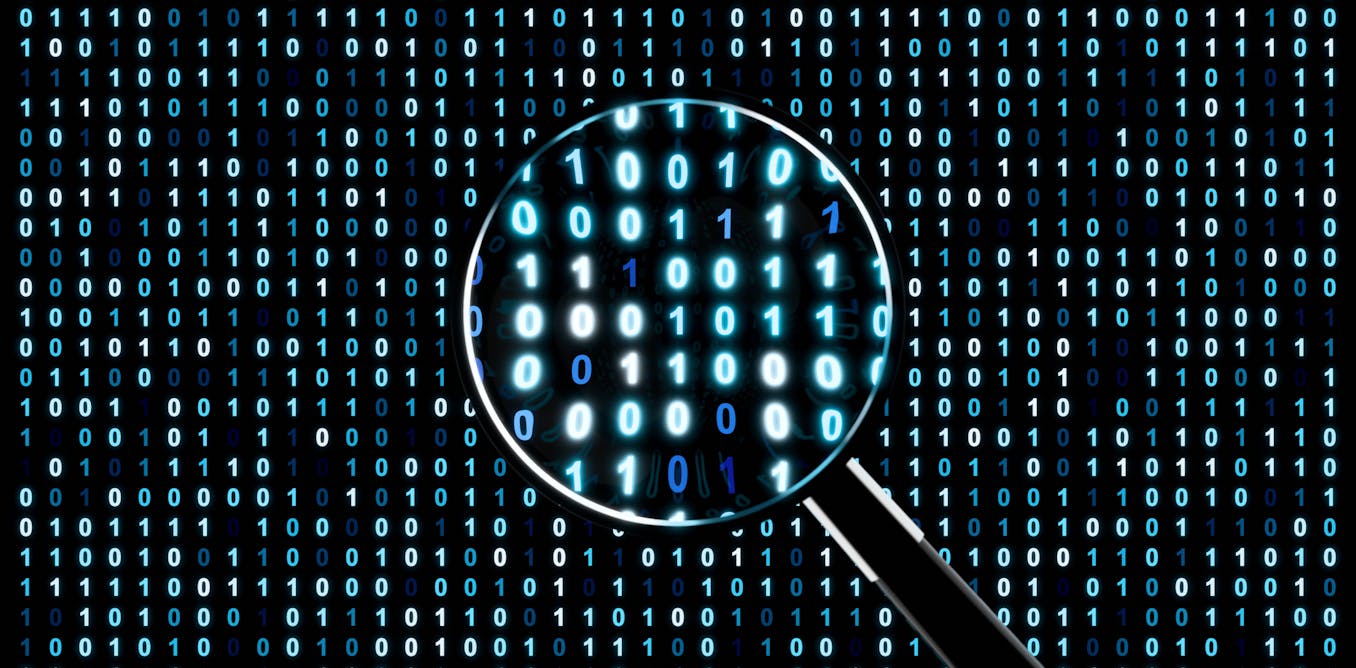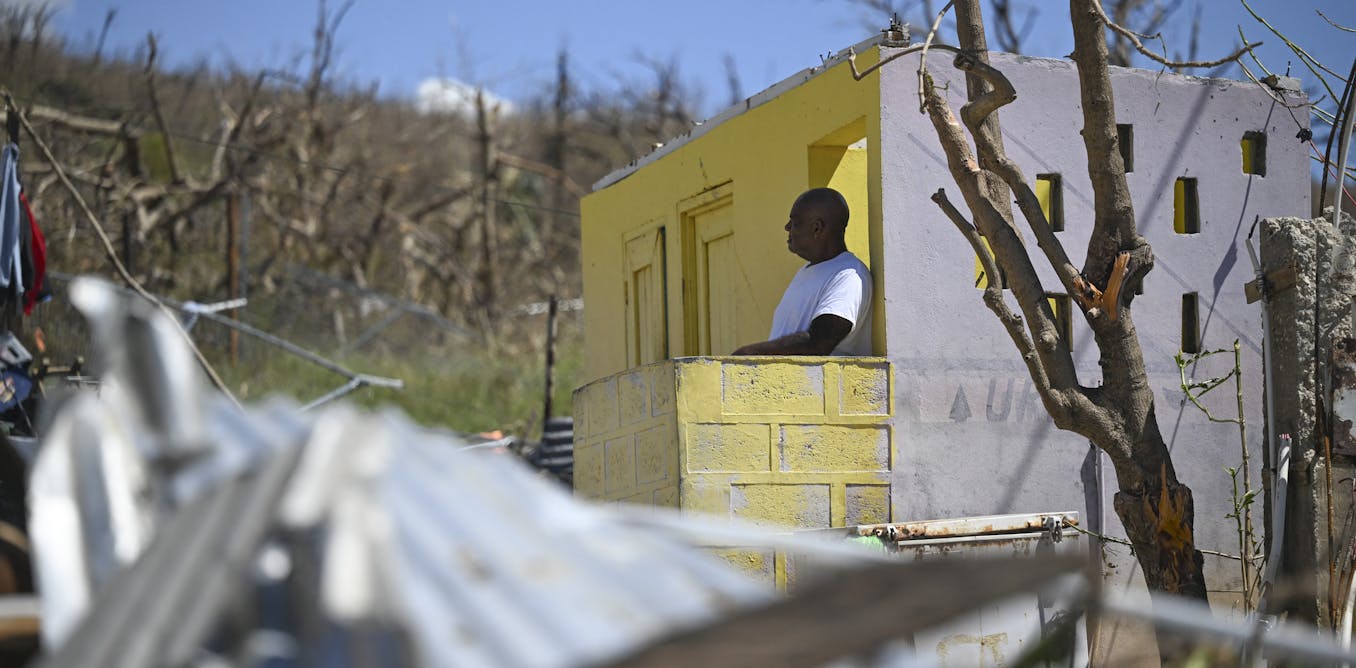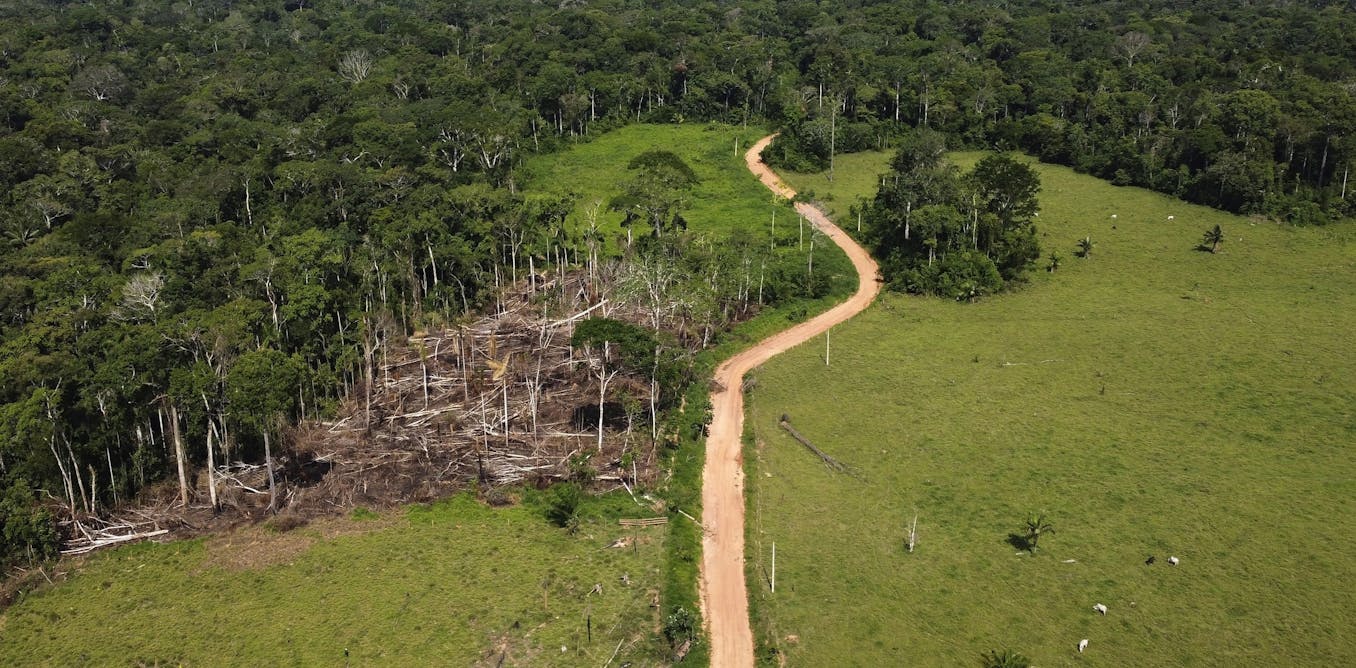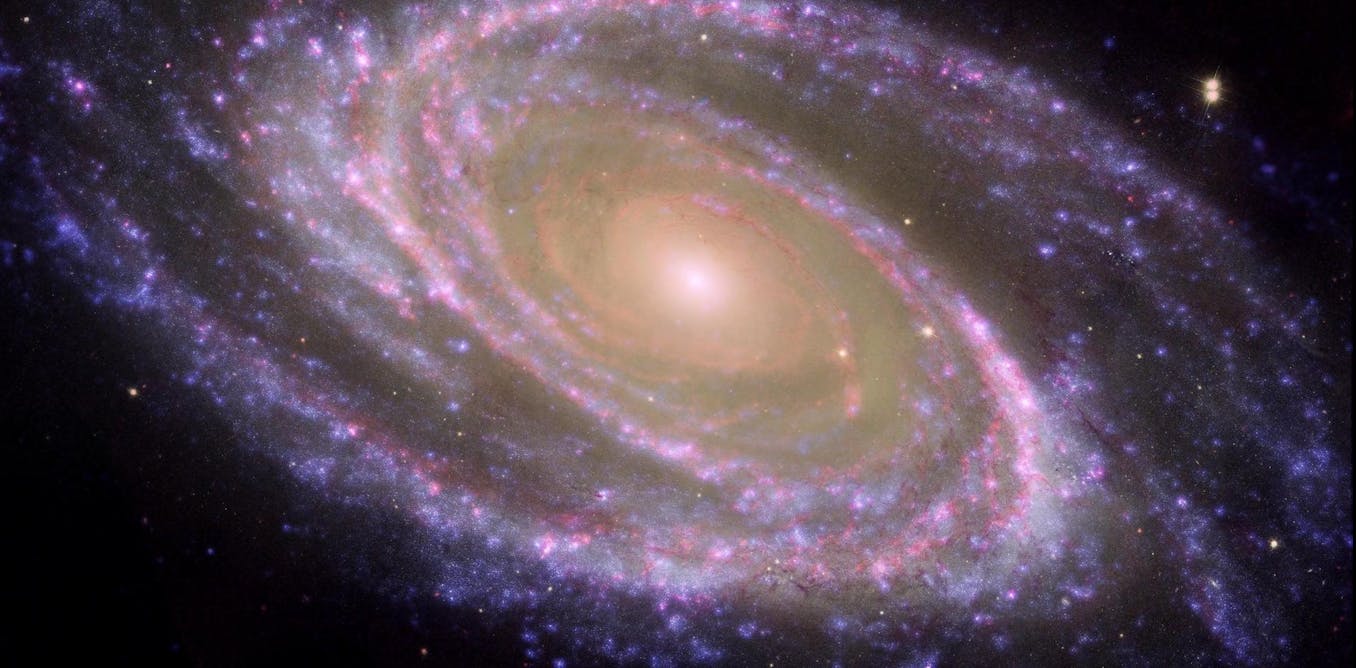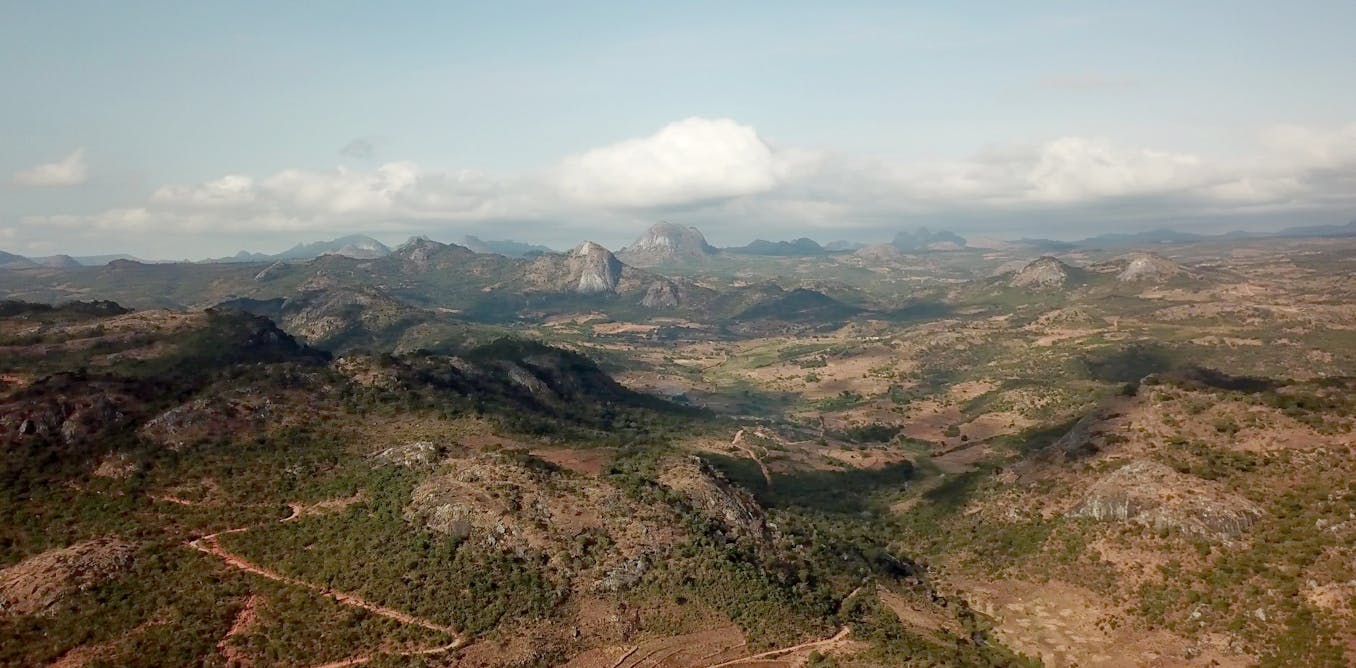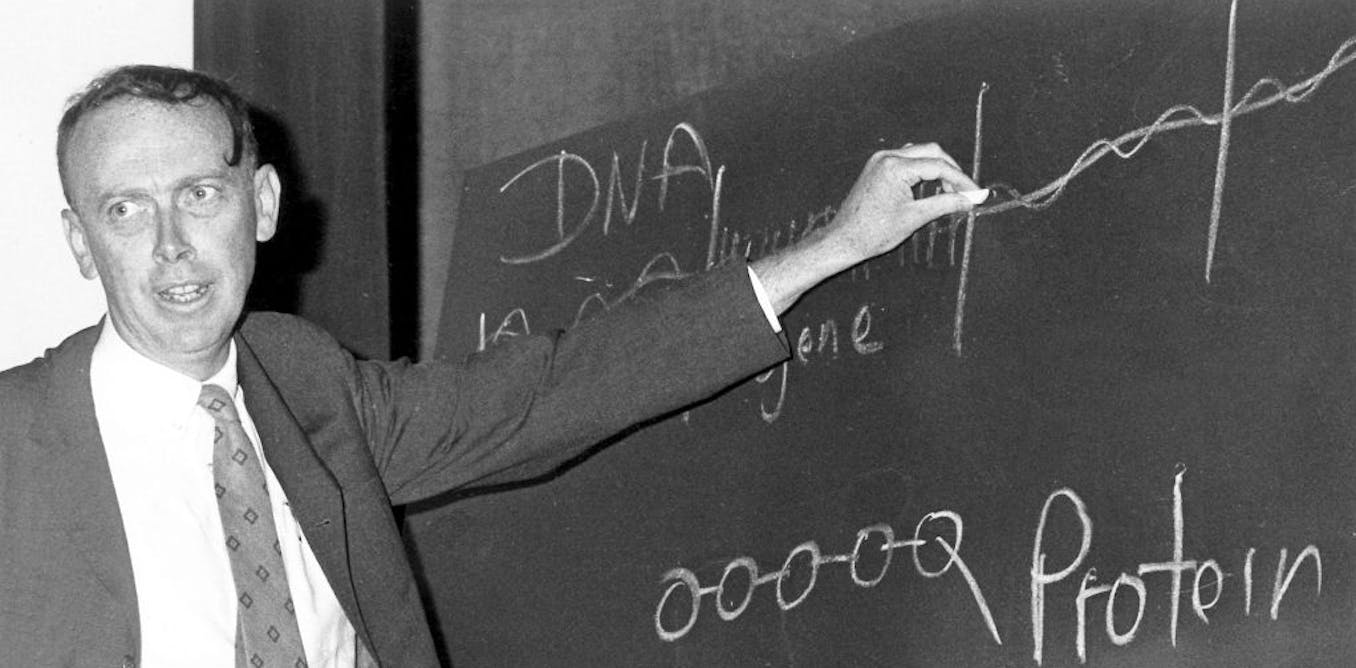Over ten years ago, the Dark Energy Survey (DES) began mapping the universe to find evidence that could help us understand the nature of the mysterious phenomenon known as dark energy. I’m one of more than 100 contributing scientists that have helped produce the final DES measurement, which has just been released at the 243rd American Astronomical Society meeting in New Orleans.
Dark energy is estimated to make up nearly 70% of the observable universe, yet we still don’t understand what it is. While its nature remains mysterious, the impact of dark energy is felt on grand scales. Its primary effect is to drive the accelerating expansion of the universe.
The announcement in New Orleans may take us closer to a better understanding of this form of energy. Among other things, it gives us the opportunity to test our observations against an idea called the cosmological constant that was introduced by Albert Einstein in 1917 as a way of counteracting the effects of gravity in his equations to achieve a universe that was neither expanding nor contracting. Einstein later removed it from his calculations.
However, cosmologists later discovered that not only was the universe expanding, but the expansion was accelerating. This observation was attributed to the mysterious quantity called dark energy. Einstein’s concept of the cosmological constant could actually explain dark energy if it had a positive value (allowing it to conform to the accelerating expansion of the cosmos).
The DES results are the culmination of decades of work by researchers around the globe and provide one of the best measurements yet of an elusive parameter called “w”, which stands for the “equation of state” of dark energy. Since the discovery of dark energy in 1998, the value of its equation of state has been a fundamental question.
This state describes the ratio of pressure over energy density for a substance. Everything in the universe has an equation of state.
Its value tells you whether a substance is gas-like, relativistic (described by Einstein’s theory of relativity) or not, or if it behaves like a fluid. Working out this figure is the first step to really understanding the true nature of dark energy.
Our best theory for w predicts that it should be exactly minus one (w=-1). This prediction also assumes that dark energy is the cosmological constant proposed by Einstein.
Read more:
The Euclid spacecraft will transform how we view the ‘dark universe’
Subverting expectations
An equation of state of minus one tells us that as the energy density of dark energy increases, so the negative pressure also increases. The more energy density in the universe, the more repulsion there is – in other words, matter pushes against other matter. This leads to an ever-expanding accelerating universe. It might sound a bit bizarre, as it is counterintuitive to everything we experience on Earth.
The work uses the most direct probe we have on the expansion history of the universe: Type Ia supernovae. These are a type of star explosion and they act as a kind of cosmic yardstick, allowing us to measure staggeringly large distances far into the universe. These distances can then be compared to our expectations. This is the same technique that was used to detect the existence of dark energy 25 years ago.
The difference now is in the size and quality of our sample of supernovae. Using new techniques, the DES team has 20 times more data, over a wide range of distances. This allows for one of the most precise ever measurements of w, giving a value of -0.8
H. Stockebrand/Rubin/NSF/AURARubinObs/NSF/AURA, CC BY
At first sight, this is not the precise minus one value that we predicted. This might indicate that it is not the cosmological constant. However, the uncertainty on this measurement is large enough to allow minus one at a 5% chance, or betting odds of only 20 to 1. This level of uncertainty is not good enough yet to say either way, but it’s an excellent start.
The detection of the Higgs Boson subatomic particle in 2012 at the Large Hadron Collider required odds of a million to one chance of being wrong. However, this measurement may signal the end of “Big Rip” models which have equations of state that are more negative than one. In such models the universe would expand indefinitely at a faster and faster rate – eventually pulling apart galaxies, planetary systems and even space-time itself. That’s a relief.
As usual, scientists want more data and those plans are already well underway. The DES results suggest that our new techniques will work for future supernova experiments with ESA’s Euclid mission (launched July 2023) and the new Vera Rubin Observatory in Chile. This observatory should soon use its telescope to take a first image of the sky following construction, giving a glimpse into its capabilities.
These next-generation telescopes could find thousands more supernovae, helping us make new measurements of the equation of state and shedding even more light on the nature of dark energy.
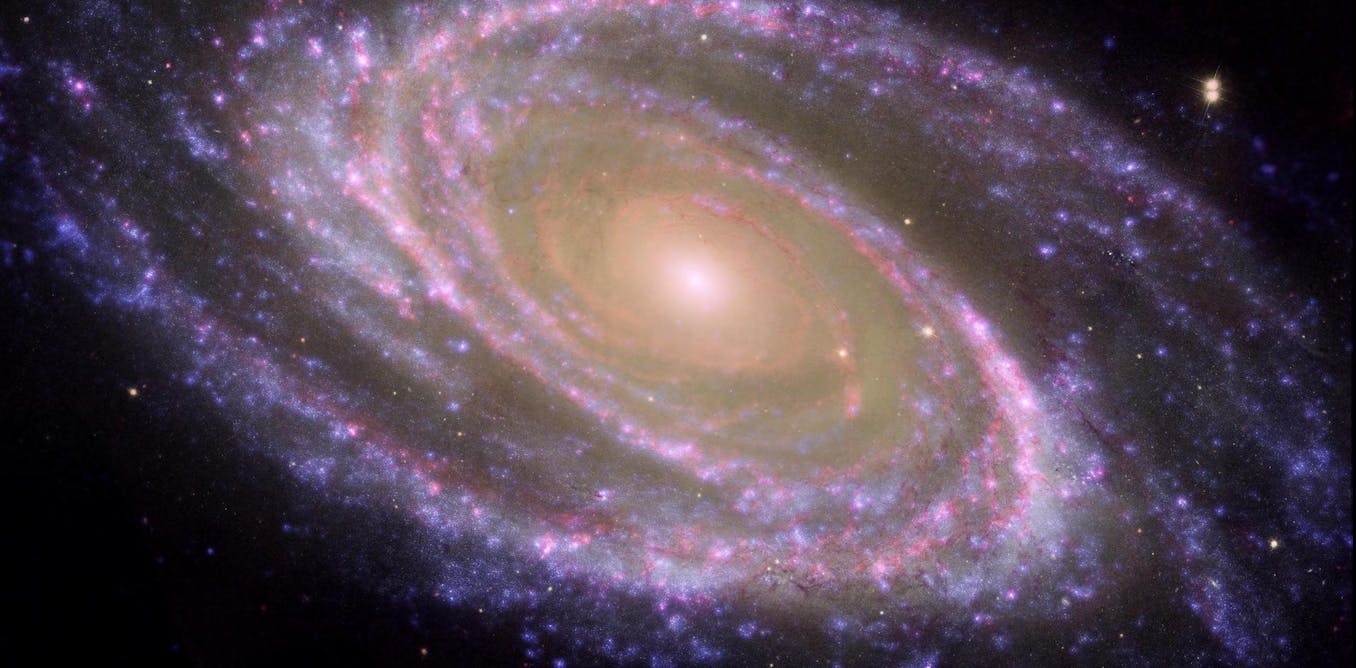
The post “Dark energy is one of the biggest puzzles in science and we’re now a step closer to understanding it” by Robert Nichol, Pro Vice-Chancellor and Executive Dean, University of Surrey was published on 01/08/2024 by theconversation.com





